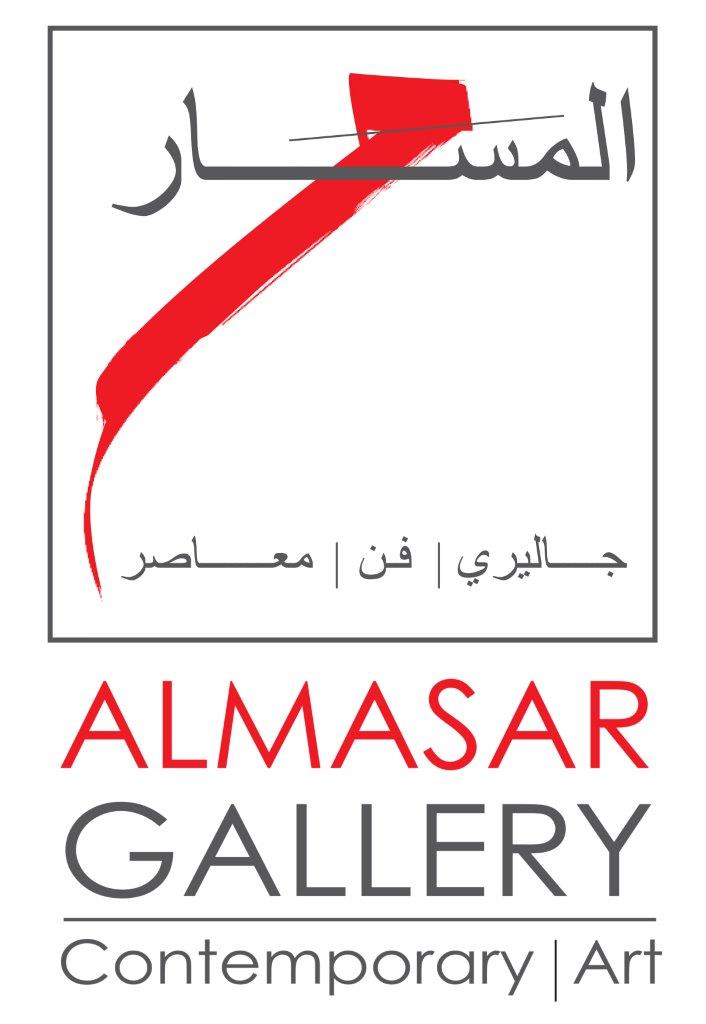Egyptian Artist, Filmmaker, Rebel and a Painter, who’s always reconciles his inner paradoxes.
Born 1970 in Cairo, educated in the Jesuit school, graduated with a BSC in Mechanical Engineering from the American University. Joined the first Academic program in Fine Arts at the AUC headed by Artist Lilian Karnouk, during such montasser has Participated in numerous local and inter-national shows during his study . Participated in publishing “EIN”, the first Egyptian publication dedicated to visual Arts, followed by a career in Advertising since 1993. In 2015 he published a photo-book titled “Salt of Egyptian Earth”. Montasser also received numerous international accolades for his creative Design works. The Artist had his four Solo exhibitions held at Al Masar Gallery since 2013.
للنص بالغة العربية برجاء الضغط هنا
طارق منتصر
ولد فى القاهرة عام ١٩٧٠ ، وتخرج من قسم الهندسة الميكانيكية في الجامعة الأمريكية في القاهرة . درس الفن مع الفنانة ليليان كرنوك فى آول برنامج دراسي للفن التشكيلى بالجامعة الأمريكية, و أثناء ذلك شارك فى العديد من المعارض المحلية والخارجية أثناء فترة الدراسة . شارك محمد عبلة وعادل السيوي في تحرير مجلة (عين) و هي أول مجلة بصرية متخصصة في بمصر , ثم أصدر كتاب عن أعماله في الصور الفوتغرافية بعنوان “ناس في بلادي”, كما نال العديد من الجوائز الدولية فى التصميم والإخراج.
أقام معرضه الفردي الأول (مائدة الحياة) في قاعة المسار عام ٢٠١٣, ولحقه معرضه الفردي الثاني (الضحك من غير سبب) بقاعة المسار عام ٢٠١٤ , و معرضه الأخير بعنوان (الضوء) بقاعة المسار للفن المعاصر





